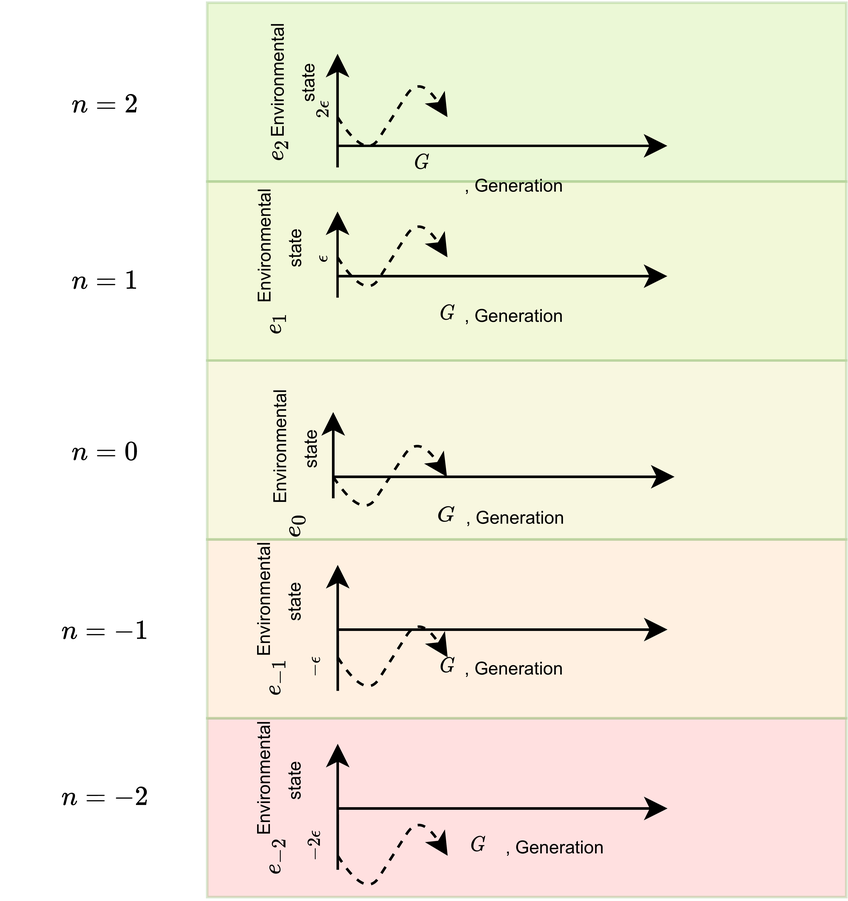Plasticity and evolvability under environmental variability: the joint role of fitness-based selection and niche-limited competition
The diversity and quality of natural systems have been a puzzle and inspiration for communities studying artificial life. It is now widely admitted that the adaptation mechanisms enabling these properties are largely influenced by the environments they inhabit. Organisms facing environmental variability have two alternative adaptation mechanisms operating at different timescales: \textit{plasticity}, the ability of a phenotype to survive in diverse environments and \textit{evolvability}, the ability to adapt through mutations. Although vital under environmental variability, both mechanisms are associated with fitness costs hypothesized to render them unnecessary in stable environments. In this work, we study the interplay between environmental dynamics and adaptation in a minimal model of the evolution of plasticity and evolvability. We experiment with different types of environments characterized by the presence of niches and a climate function that determines the fitness landscape. We empirically show that environmental dynamics affect plasticity and evolvability differently and that the presence of diverse ecological niches favors adaptability even in stable environments. We perform ablation studies of the selection mechanisms to separate the role of fitness-based selection and niche-limited competition. Results obtained from our minimal model allow us to propose promising research directions in the study of open-endedness in biological and artificial systems.
PDF Abstract
